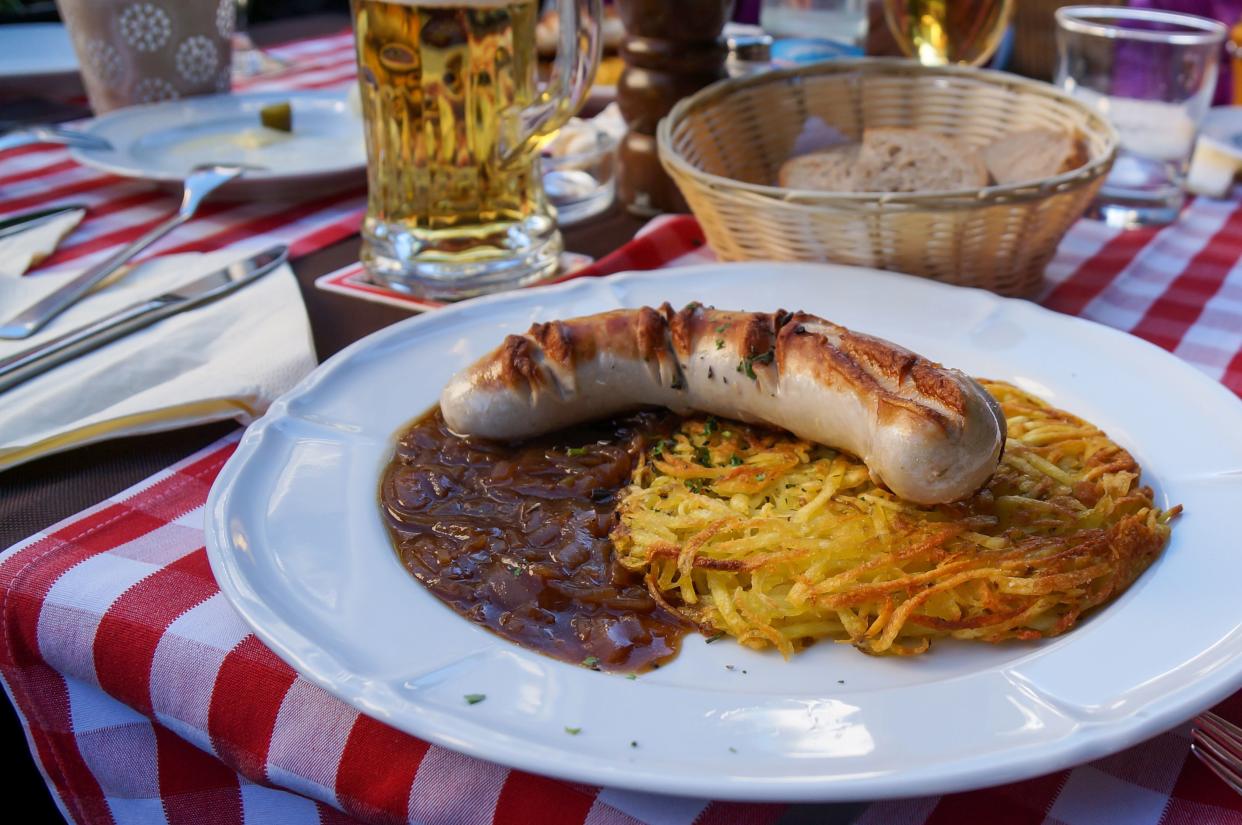Dreaming of Life in Italy? Here’s What a Padua Looks Like
5 min read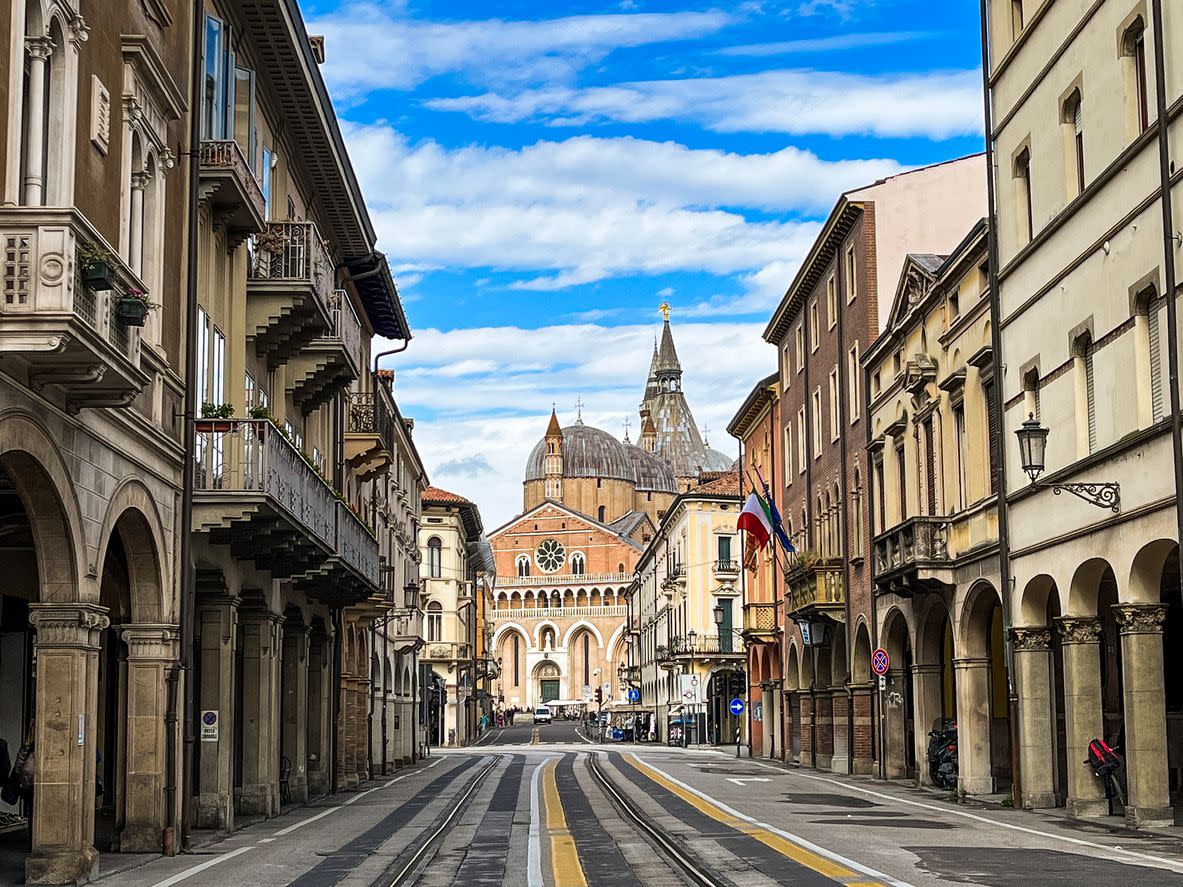
Living in Padua, Veneto
Padua (Padova in Italian) is a historic city located in the Veneto region of northeastern Italy, about 40 kilometers (25 miles) west of Venice and 80 kilometers (50 miles) east of Verona. With a population of approximately 210,000, Padua offers all the amenities you would get in a big city while maintaining its small-town charm.
The city has a rich cultural heritage, boasting one of the oldest universities in the world. While Padua attracts tourists, it’s less crowded than nearby Venice, maintaining a more authentic Italian atmosphere. English proficiency among locals varies, with younger generations and those in the tourism industry more likely to speak English.
Padua experiences a temperate climate. Summers are warm, with average high temperatures around 29°C (84°F), while winters are cool, with average lows of 0°C (32°F). The city receives about 200 days of sunshine annually.
Padua features several beautiful parks, including the Orto Botanico, the world’s oldest academic botanical garden. The city is also close to the Euganean Hills, offering opportunities for hiking and outdoor activities.
The local economy is diverse, with strong sectors in education, healthcare, and manufacturing. The University of Padua is a major employer, along with companies in the industrial and service sectors.
Pros of moving to Padua include its rich cultural heritage, proximity to other major Italian cities, and strong educational institutions. However, potential cons are the relatively high cost of living compared to smaller Italian towns and the challenge of finding work without Italian language skills.
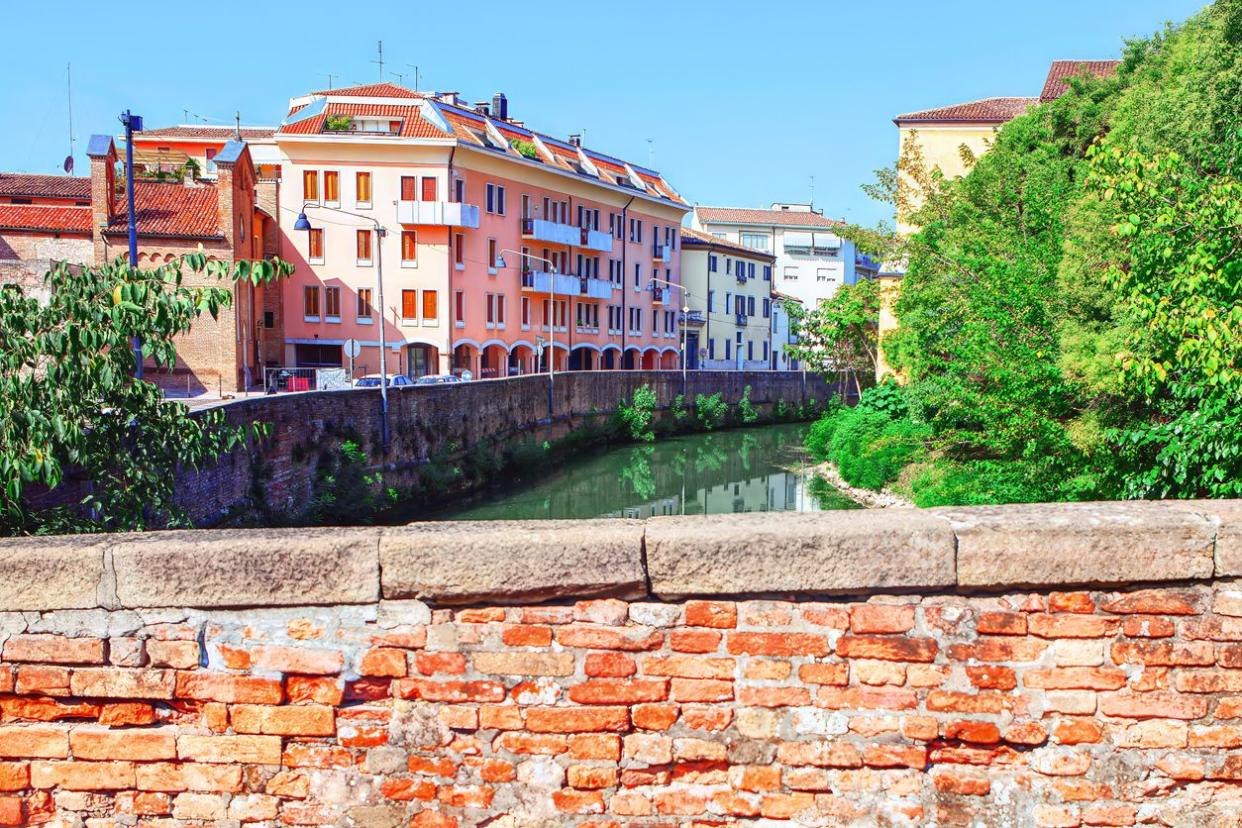

Housing in Padua
According to My Dolce Casa’s most recent rent report, the average rent in Padua is around €930 per month. This translates to approximately $1,010 per month in US Dollars for a two-bedroom apartment of about 75 square meters (800 square feet). This is slightly higher than the national average but more affordable than cities like Milan or Rome.
For those looking to buy, the average price of property in Padua is about €2,200 per square meter ($230 per square foot). This means a two-bedroom apartment of 75 square meters (800 square feet) would cost around €165,000 ($180,000), while a house of about 200 square meters (2,000 square feet) would be priced at approximately €440,000 ($480,000).
The historic center (Centro Storico) is a popular area for foreigners, offering proximity to cultural attractions and the university. The Arcella neighborhood, north of the center, is more residential and affordable. Prato della Valle, near one of Europe’s largest squares, offers a mix of historic charm and modern amenities.
Housing styles range from medieval and Renaissance buildings in the center to more modern apartments in the outskirts. Many buildings feature characteristic porticoes, covered walkways that are typical of northern Italian architecture.
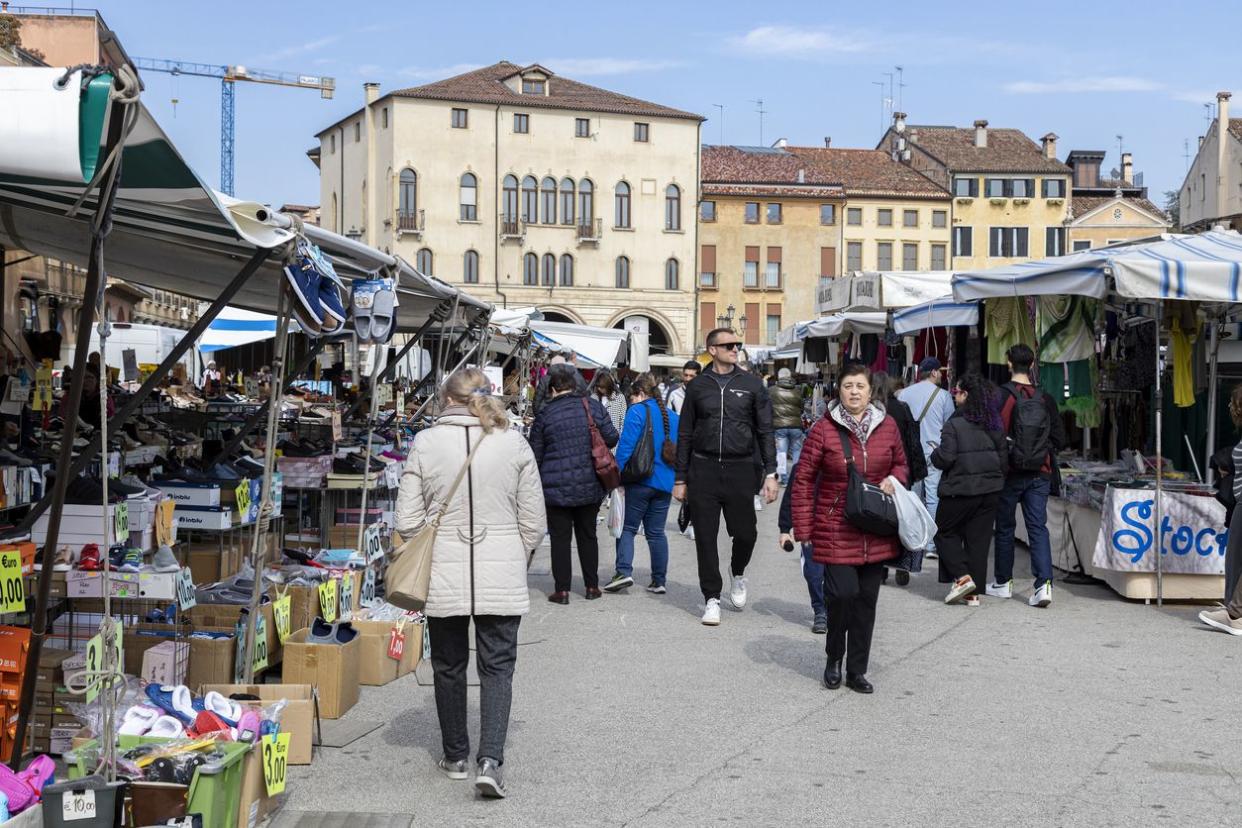

Shopping in Padua
Padua offers diverse shopping experiences. The Giotto Center is a major shopping mall on the outskirts of the city, housing international and Italian brands. For luxury shopping, Via Roma and Via Santa Lucia in the city center are lined with high-end boutiques.
The Sotto il Salone market, located in the Palazzo della Ragione, is a historic covered market offering local produce, cheeses, and meats. For groceries, chains like Conad and Esselunga are common throughout the city.
The Prato della Valle hosts a large outdoor market on Saturdays, selling everything from clothing to antiques. Local crafts, including ceramics and glassware, can be found in shops around the Piazza dei Signori.
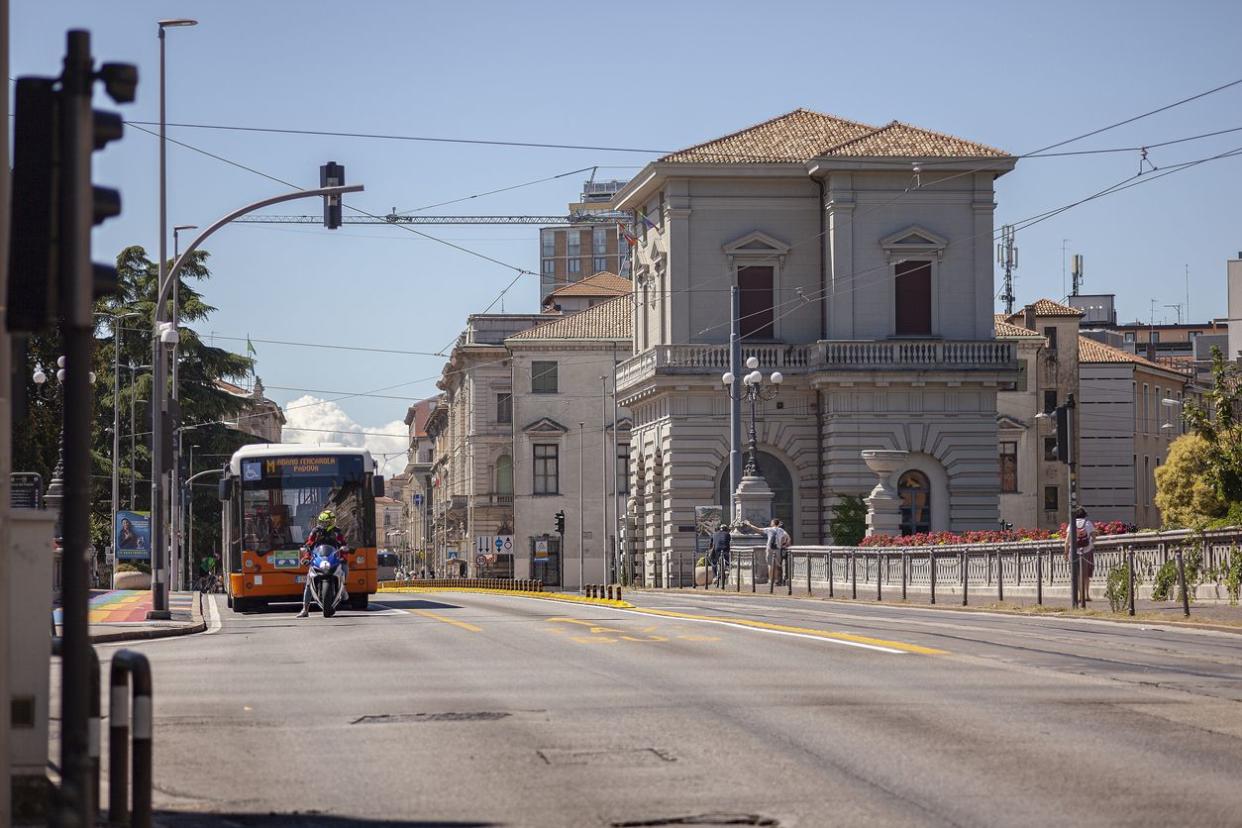

Transportation in Padua
Padua has an efficient public transportation system, primarily consisting of buses and trams. The main bus company, Busitalia Veneto, operates numerous routes throughout the city. The Metrobus, a modern tram system, connects key areas of the city. The APS Holding app is useful for route planning and ticket purchases.
Padua is well-connected to other major cities. High-speed trains reach Venice in about 25 minutes and Milan in just over two hours. The nearest airport is Venice Marco Polo, about 40 kilometers (25 miles) away, offering international connections.
Cycling is popular in Padua, with an extensive network of bike lanes. The city also participates in bike-sharing programs, making it easy for residents to get around on two wheels.
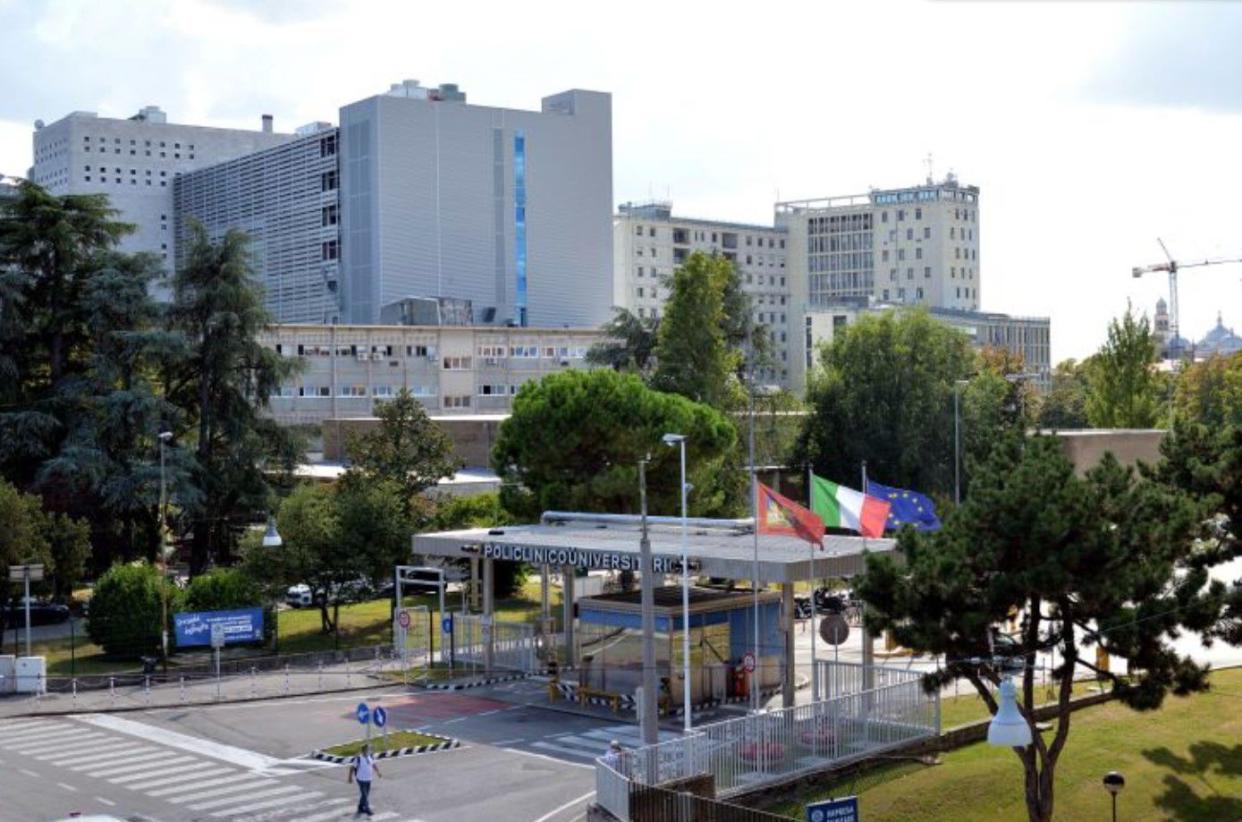

Healthcare in Padua
The main hospital in Padua is the Azienda Ospedaliera di Padova, a large university hospital known for its research and specialized treatments. It’s particularly renowned for its pediatric care and oncology departments.
The city also has several private clinics and specialized medical centers, providing a range of healthcare options for residents. Find the best hospitals in Italy now.
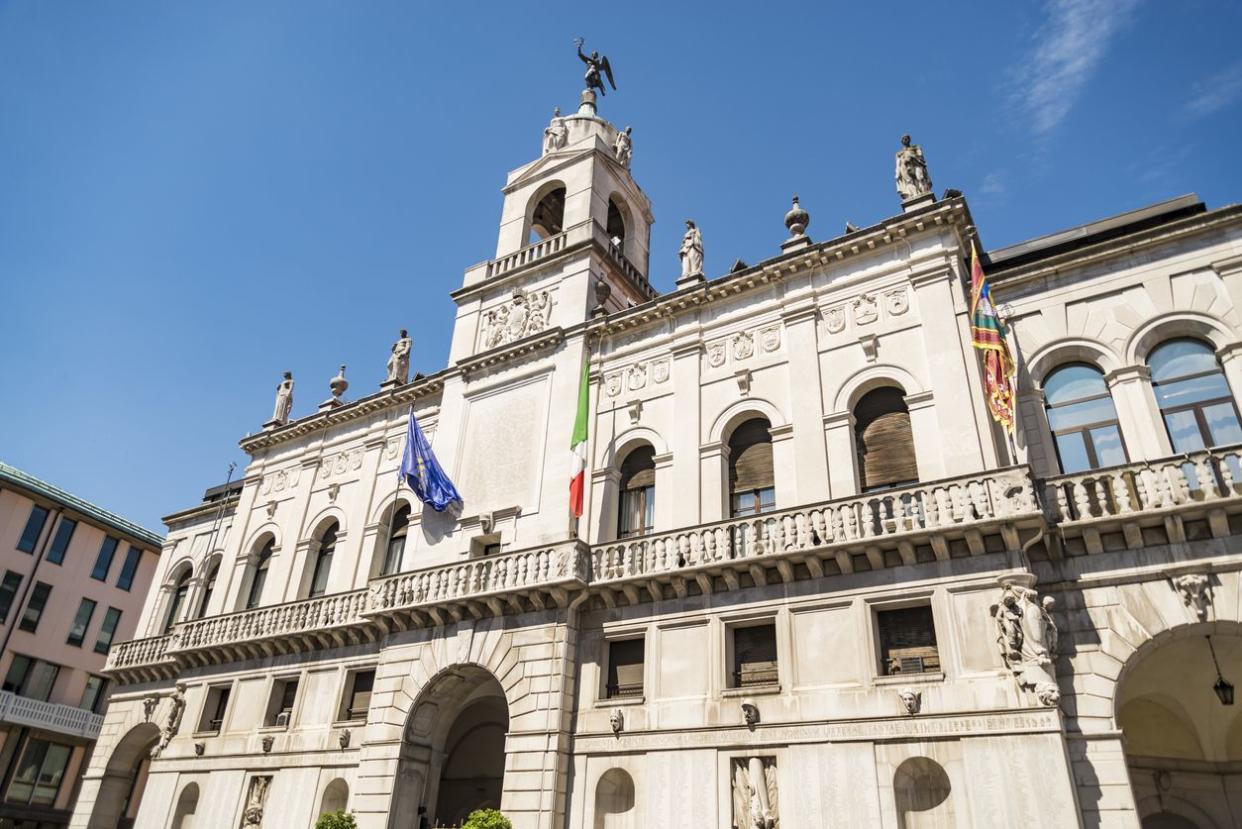

Education in Padua
Padua hosts several international schools, including the English International School of Padua, which offers an English-language curriculum. Public schools in the city, such as Liceo Tito Livio and Liceo Scientifico Ippolito Nievo, provide high-quality education but primarily in Italian.
The University of Padua, founded in 1222, is one of the oldest and most prestigious universities in Europe. It’s particularly famous for its medical school and scientific research programs.
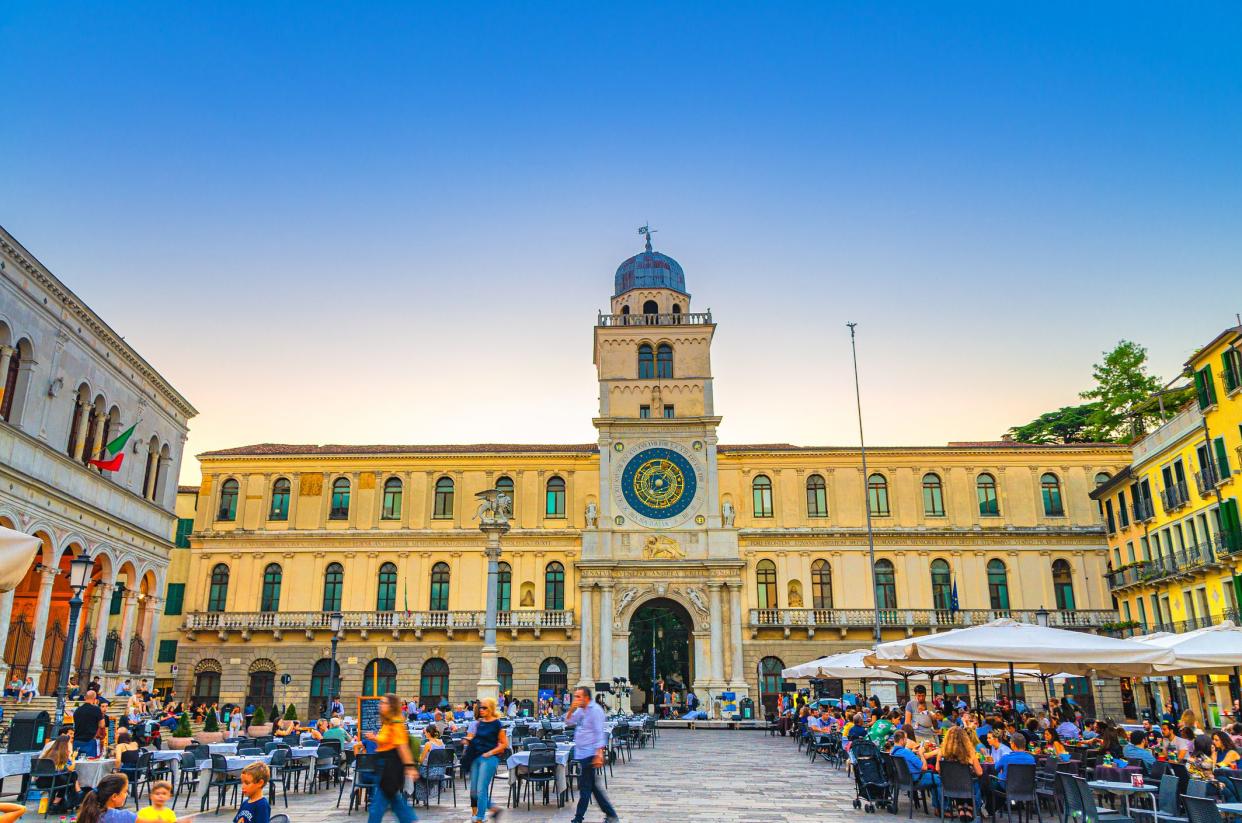

Dining and Entertainment in Padua
Padua hosts several annual events, including the Festa di Sant’Antonio in June and the Sherwood Festival, a summer music festival. The city’s vibrant arts scene is centered around venues like the Teatro Verdi, which hosts opera and classical music performances.
The Scrovegni Chapel, housing Giotto’s frescoes, and the Basilica of Saint Anthony are major cultural attractions. For modern art, the Museo d’Arte Contemporanea offers rotating exhibitions.
Paduan cuisine features hearty dishes like bigoli pasta and baccalà alla vicentina (salt cod). The city is also known for its aperitivo culture, with many bars offering drinks and light snacks in the early evening.
The Veneto region is famous for its wines, particularly Prosecco, made from Glera grapes, and Valpolicella, produced from a blend of grapes including Corvina and Rondinella. These local wines pair well with the region’s cuisine and are widely available in Padua’s restaurants and wine bars.
This article originally appeared on MyDolceCasa.com and was syndicated by MediaFeed.org.
